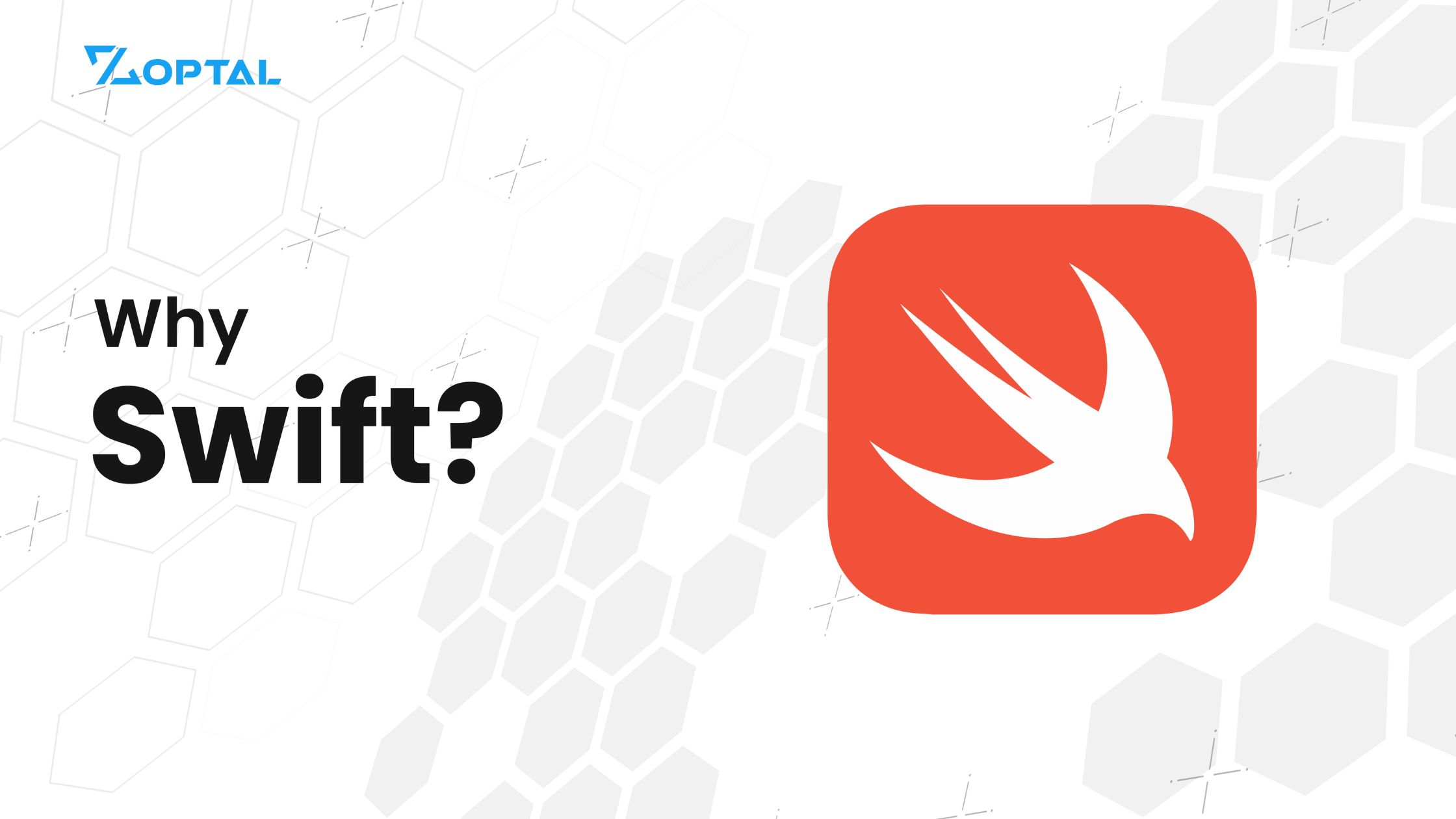
Now that 2022 is only a few months away, it’s time to look ahead to the technological developments that will rule the software business that year. We want to ensure you’re ready to take your abilities to the next level in the new year by introducing you to emerging trends. We’ll go over Swift today.
Swift was developed by Apple and is an open-source, general-purpose programming language. The language’s Python-like roots make it both efficient and easy to learn. Swift is most commonly used for developing apps and games specifically for iOS and macOS. Many major programs, including LinkedIn, Lyft, and WordPress, are written in Swift. Swift is a wonderful language to learn if you want to get into iOS programming. Let’s get fluent in this widely spoken tongue!
What is Swift?
The Swift programming language is an open-source, general-purpose, multi-paradigm language for creating apps for iOS, macOS, tvOS, and watchOS. In 2014, Apple developed this language to provide programmers with a robust tool for creating iOS applications. Swift.org claims that the language is secure, quick, and expressive. It was designed to take the place of C-based languages. Both the language and its community of users are in a state of ongoing change and growth. The Swift programming language’s source code is publicly available on GitHub.
Features of Swift
- Generics are incredibly useful since they permit you to create generic, reusable, and highly adaptable functions and types.
- Swift has built-in functionality for handling runtime failures, including the ability to throw, catch, propagate, and manipulate exceptions.
- In Swift, you can define a structure or class in a single file, and then other programs can access the class or structure using its publicly exposed interface.
- By extending protocols, rather than defining behaviour in global functions or particular conformances, Swift enables you to declare behaviour directly on protocols.
- Swift’s built-in memory management and security features make it a safe choice for programs that rely on large amounts of memory.
- Automatic Reference Counting (ARC) is a feature of Swift that helps us keep tabs on how our project uses much memory. We can relax and let the system handle memory allocation and management.
- Swift enumerations offer flexibility by allowing pattern matching and payloads.
- Build, run, test, and package Swift libraries and executables with the help of the Swift package manager, a cross-platform tool.
- Swift’s debugger, LLDB, has a REPL and debugger to facilitate integrated debugging, consistent formatting, failure recovery, and expression evaluation.
- The most up-to-date release of Swift supports binary compatibility for software in addition to source code compatibility. Each new operating system version includes the current version of the Swift libraries, so your apps will always be using the most up-to-date version of the library, and your code will always run without needing to be recompiled.
- Grouping values into tuples, which can then be communicated, is made possible by tuples. By using tuples, we may consolidate numerous values into one return.
- Swift’s closure syntax is optimised to be concise and easy to read, making it a great choice for applications that require a minimalistic approach.
Pros of Swift
- Swift is a fast and potent programming language based on the LLVM compiler technology and has a standard library that makes coding quick and easy.
- APIs written in Swift are up-to-date since they can be easily read and updated. With inferred types, your code will be more organised and less prone to bugs. The headers are removed, and namespaces are made available through modules.
- Simple in structure, Swift was made with new programmers in mind. Learn Swift programming with the iPad app Swift Playgrounds, and take classes to master Xcode app development.
- Swift’s various safeguards include automatic memory management, value types, and variable initialization, making it a secure choice for software development. In addition, the Swift compiler will throw an error if you try to access a nil object. The inclusion of these elements aids in the elimination of crashes during operation.
- Swift is cross-platform and works on all Mac OS X, Linux, Windows, and Ubuntu devices.
- External libraries that are only loaded when referenced by your code are called dynamic libraries. Each new version of a device includes a library update.
- Swift is one of the largest and most robust open-source communities. Furthermore, many tools are available to aid in your language acquisition.
Cons of Swift
- The language that is still in its infancy: is Swift. For this reason, it lacks the robustness of several other programming languages regarding its capabilities and resources.
- Swift’s cross-platform support is limited; while it works on all Apple devices, Linux, and Windows, native iOS programming is where it shines.
- Swift, being a more recent language, receives changes regularly. Because of this, it’s not always easy to track down the resources needed to complete specific jobs.
- Syntax highlighting, autocomplete, refactoring, and compiling are some IDE support areas where Xcode, Apple’s official IDE, falls short.
Conclusions
Swift app development has been adopted by an enormous number of businesses all over the world. The language has already achieved prominence, and its future seems bright so long as Apple devotes relentless resources to expanding its capabilities.
The Swift programming language is essential for your next project if you want to stay competitive and collaborate with Apple. We are the appropriate people to help you identify the most qualified candidates who fit well with your business’s values and culture.
